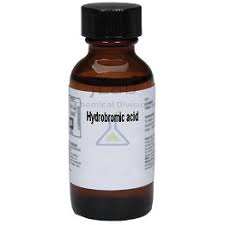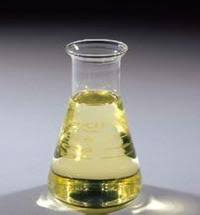

Hydrobromic acid (source Wikipedia) is a strong acid formed by dissolving the diatomic molecule hydrogen bromide (HBr) in water. Hydrobromic acid is a stronger acid than hydrochloric acid, but not as strong as hydroiodic acid. Hydrobromic acid is one of the strongest mineral acids known.
Hydrobromic acid is mainly used for the production of inorganic bromides, especially the bromides of zinc, calcium, and sodium. It is a useful reagent for generating organobromine compounds.
Graphite is not well known in processes involving hydrobromic acid because of corrosion of phenolic resin impregnated graphite that most competition provide. The maximum temperature is average 75°C for phenolic resin.
GT developed GT FLON which can withstand much higher temperature and concentration, up to 100% at 200°C.
We can proceed to corrosion test or provide coupon for test on request here.
Equipment frequently used
GT DISC
GT BLOC
GT TUBE
GT CUBIC
GT PLATE
GT TOWER
Materials frequently used
Get in touch here with us to know more.
